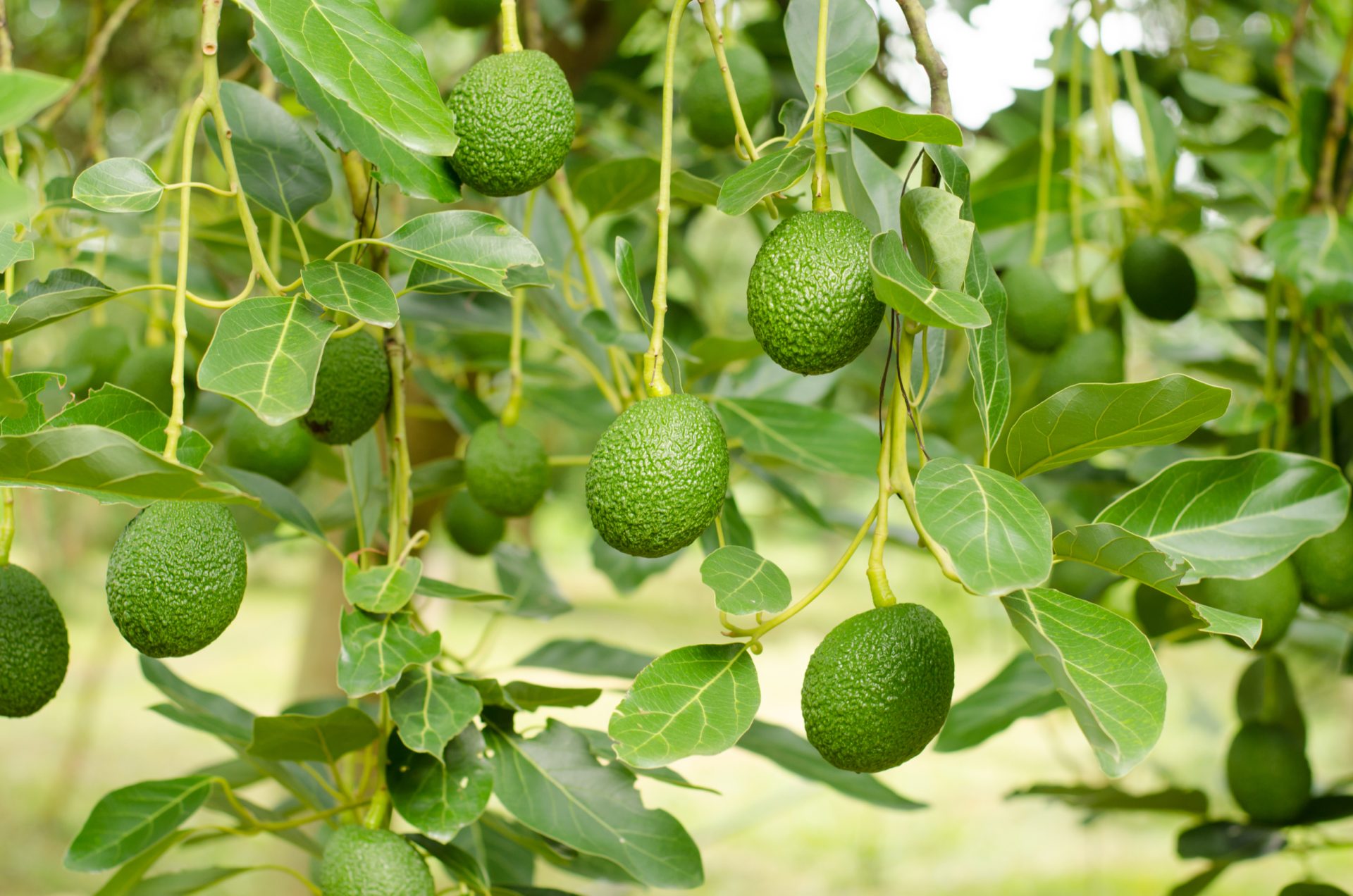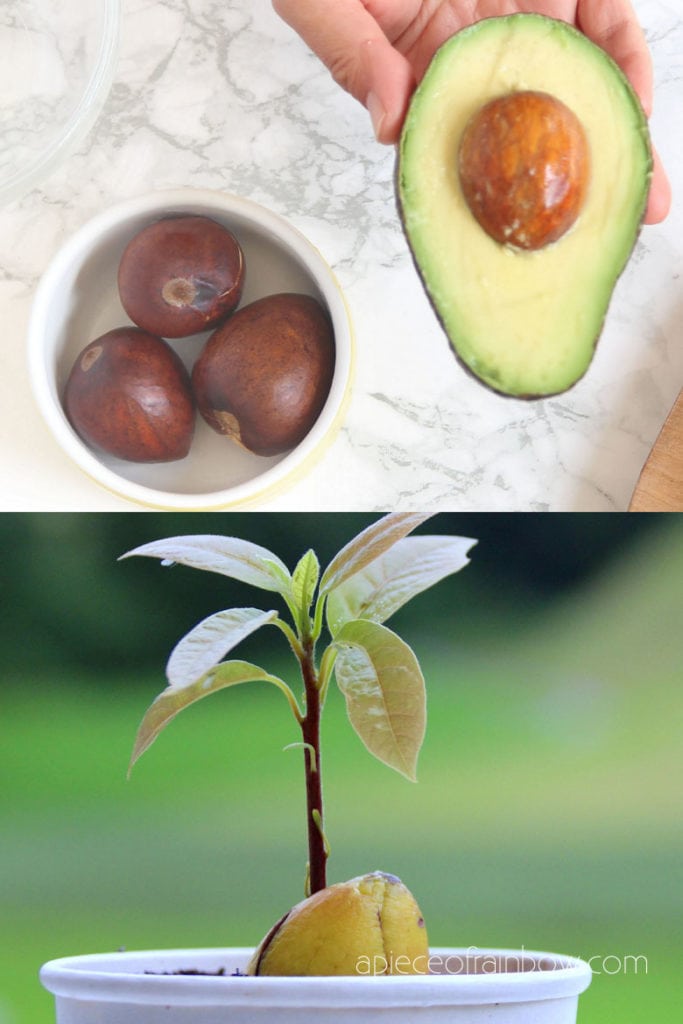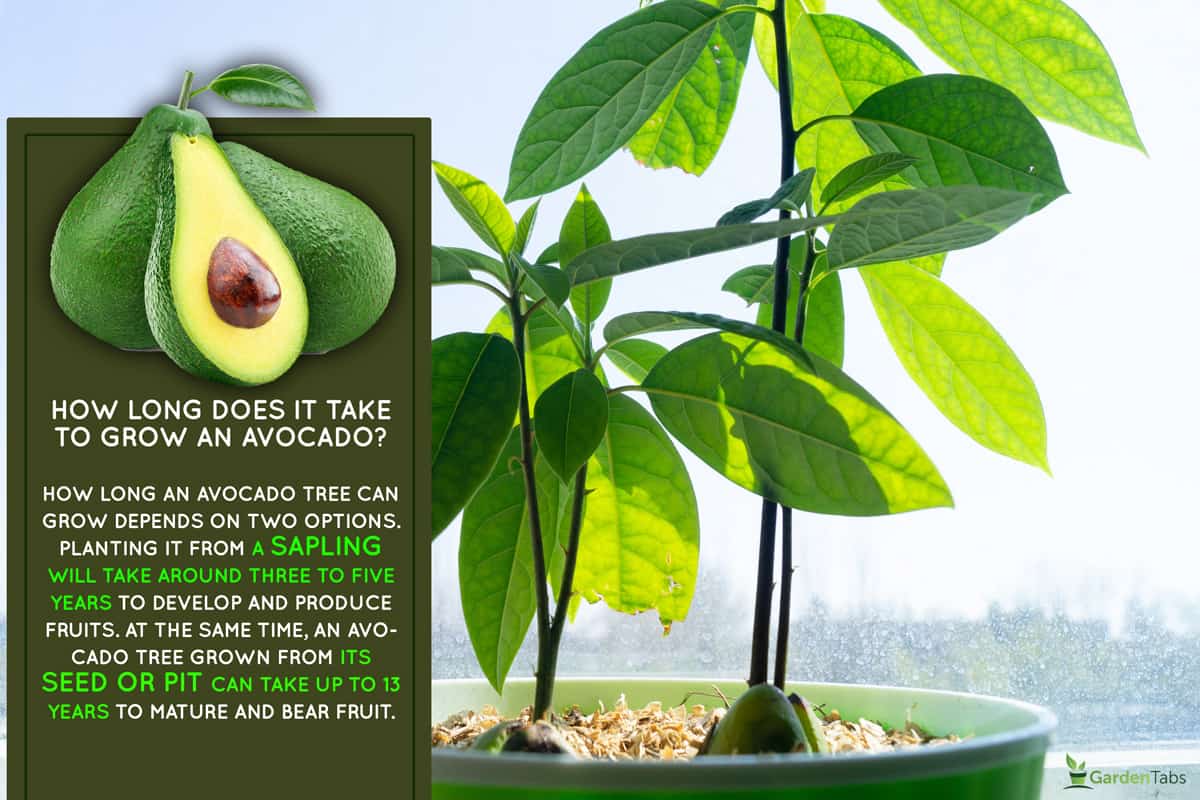The Delicate Balance of Water and Avocado Growth
Proper watering is crucial for avocado trees to thrive, and understanding the delicate balance of water is essential for optimal growth and fruit production. Avocado trees require a precise amount of water, and neglecting this critical aspect of cultivation can result in significant losses. When it comes to growing avocados, one of the most common questions is how much water does it take to grow avocados. The answer lies in finding the sweet spot between under-watering and over-watering, both of which can have devastating consequences on tree health and fruit quality. Under-watered avocado trees may experience stunted growth, reduced fruit production, and increased susceptibility to pests and diseases. On the other hand, over-watering can lead to root rot, nutrient deficiencies, and reduced fruit quality. By grasping the importance of proper watering, avocado farmers and enthusiasts can take the first step towards cultivating healthy, productive trees that yield an abundance of delicious fruit. In fact, a well-watered avocado tree can produce fruit that is up to 20% larger and more flavorful than those grown with inadequate watering.
Understanding Avocado Tree Water Requirements
Avocado trees have unique water needs that vary depending on several factors, including climate, soil type, tree age, and fruit production stage. Understanding these factors is crucial in determining how much water does it take to grow avocados and ensuring optimal water supply for healthy growth and fruit production. In regions with high temperatures and low humidity, avocado trees require more frequent watering to prevent water stress. On the other hand, trees growing in cool and humid climates may require less water. Soil type also plays a significant role, as clay soils tend to retain more water than sandy soils, while loam soils provide a balanced water-holding capacity. Young avocado trees, typically those in the first year of growth, require more frequent watering than mature trees. Additionally, avocado trees in the fruit production stage require more water to support fruit growth and development. By considering these factors, avocado farmers and enthusiasts can tailor their watering schedules to meet the specific needs of their trees, ensuring optimal growth and fruit production.
How to Determine the Ideal Watering Schedule
Determining the ideal watering schedule for avocado trees requires careful consideration of several factors, including soil moisture, weather patterns, and tree age. To ensure optimal water supply, it’s essential to assess soil moisture regularly, using techniques such as the “finger test” or soil probes. By monitoring soil moisture, avocado farmers and enthusiasts can adjust their watering frequency to meet the specific needs of their trees. Weather patterns also play a significant role in determining the ideal watering schedule. In regions with high temperatures and low rainfall, avocado trees may require more frequent watering to prevent water stress. On the other hand, trees growing in cool and humid climates may require less water. Additionally, tree age is a critical factor, as young avocado trees require more frequent watering than mature trees. By considering these factors and adjusting watering schedules accordingly, avocado farmers and enthusiasts can provide their trees with the optimal amount of water, answering the question of how much water does it take to grow avocados. This, in turn, will promote healthy growth, fruit production, and overall tree health.
The Role of Soil Type in Avocado Water Uptake
The type of soil in which an avocado tree is grown plays a significant role in its water absorption and retention. Different soil types have varying water-holding capacities, drainage rates, and aeration levels, all of which impact how much water does it take to grow avocados. Clay soils, for instance, have a high water-holding capacity, which can lead to waterlogged soil conditions if not properly drained. This can result in root rot and other water-related issues. On the other hand, sandy soils have a low water-holding capacity, requiring more frequent watering to prevent water stress. Loam soils, which are a mix of clay, silt, and sand, provide a balanced water-holding capacity and drainage rate, making them an ideal soil type for avocado cultivation. Understanding the specific soil type and its water-holding characteristics is crucial in determining the ideal watering schedule for avocado trees. By taking into account the soil type, avocado farmers and enthusiasts can adjust their watering frequency to ensure optimal water supply, promoting healthy growth and fruit production.
Water Conservation Strategies for Avocado Farmers
As avocado cultivation continues to grow, water conservation has become a critical aspect of sustainable farming practices. With the increasing demand for avocados, it’s essential to adopt efficient water management strategies to ensure the long-term viability of avocado farming. One effective way to conserve water is through drip irrigation, which delivers water directly to the roots of the tree, reducing evaporation and runoff. Mulching is another technique that helps retain soil moisture, suppresses weeds, and regulates soil temperature. Additionally, avocado farmers can implement rainwater harvesting systems to collect and store rainwater for irrigation purposes. By adopting these water-saving strategies, avocado farmers can significantly reduce their water footprint, ensuring that they use only the right amount of water to grow avocados. This not only benefits the environment but also helps to optimize avocado yields and reduce production costs.
Common Water-Related Issues in Avocado Trees
Inadequate or excessive watering can lead to a range of problems in avocado trees, affecting their health and productivity. One of the most common issues is root rot, which occurs when the soil is waterlogged, causing the roots to decay. This can lead to a decline in tree health, reduced fruit production, and even tree death. Leaf drop is another issue that can arise from inadequate watering, as the tree sheds its leaves to conserve water. Fruit splitting is also a common problem, resulting from rapid growth caused by excessive watering. To avoid these issues, it’s essential to understand how much water does it take to grow avocados and to adopt a balanced watering schedule. By monitoring soil moisture, weather patterns, and tree health, avocado farmers and enthusiasts can identify potential water-related issues early on and take corrective action to prevent them. This proactive approach ensures that avocado trees receive the right amount of water, promoting healthy growth and optimal fruit production.
Monitoring Avocado Tree Health: Signs of Water Stress
Avocado trees exhibit distinct visual signs when they’re under water stress, making it crucial to monitor their health regularly. One of the most common indicators of water stress is yellowing leaves, which can be a sign of either under-watering or over-watering. Wilting is another common symptom, where the leaves droop or sag due to inadequate water supply. Premature fruit drop is also a telltale sign of water stress, as the tree sheds its fruit to conserve water. By recognizing these signs, avocado farmers and enthusiasts can take prompt action to adjust their watering schedule, ensuring that their trees receive the right amount of water. Understanding how much water does it take to grow avocados is essential in preventing water stress, and by doing so, growers can promote healthy tree growth, optimize fruit production, and reduce the risk of water-related issues. Regular monitoring of avocado tree health enables growers to respond quickly to water stress, preventing long-term damage and ensuring a bountiful harvest.
Optimizing Avocado Yield with Efficient Water Management
Efficient water management is crucial for achieving optimal avocado yields. By understanding how much water does it take to grow avocados and adopting sustainable watering practices, avocado farmers and enthusiasts can promote healthy tree growth, reduce water waste, and increase fruit production. Balanced watering ensures that avocado trees receive the right amount of water, preventing water-related issues such as root rot, leaf drop, and fruit splitting. This, in turn, leads to improved fruit quality, increased yields, and enhanced tree longevity. Moreover, efficient water management practices, such as drip irrigation and mulching, can help reduce water consumption, lower energy costs, and minimize the environmental impact of avocado cultivation. By prioritizing water efficiency, growers can reap the long-term benefits of sustainable avocado production, including increased profitability, improved brand reputation, and a reduced carbon footprint. By adopting these practices, avocado enthusiasts can enjoy a bountiful harvest while contributing to a more sustainable food system.







